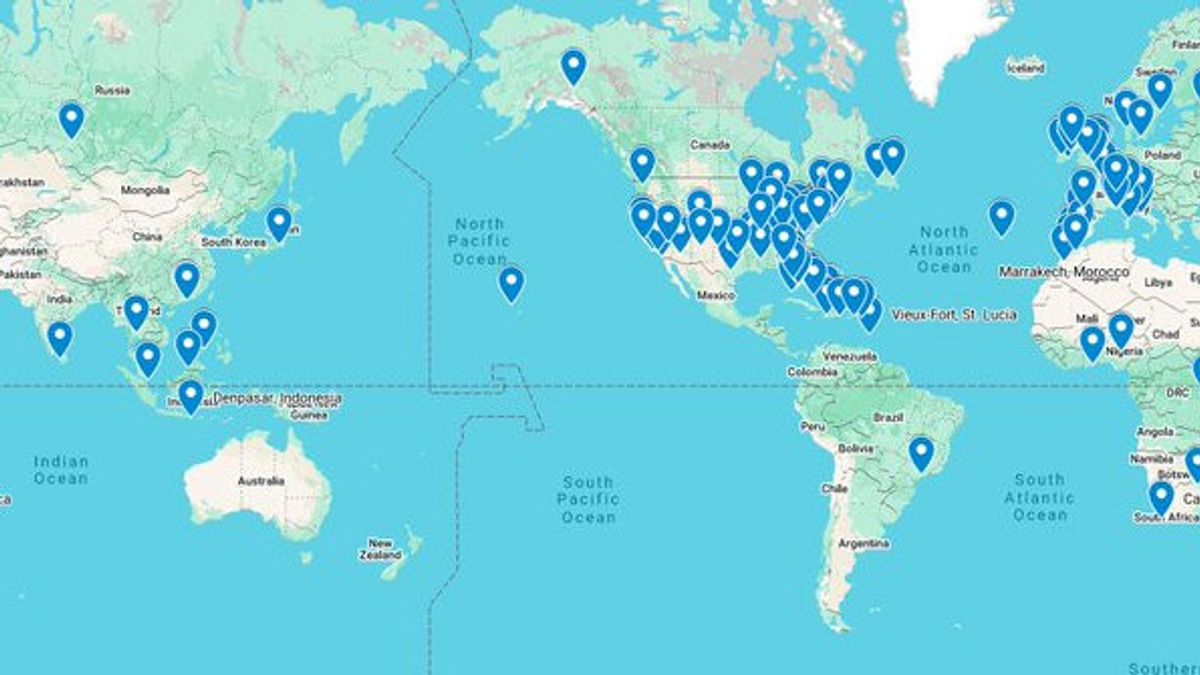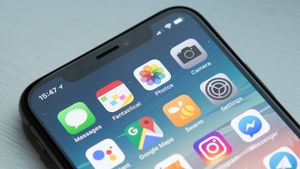Google Maps is one of the most popular navigational applications in the world, providing real-time directions, location-based recommendations, and traffic updates to users. However, even though the app is free of use, there is a price to pay, as Google collects large amounts of data from its users.
This data is used by Google to improve its services, offer personalized experiences, and support its advertising model. Some of the information collected is required for application functions, but many are either optional or can be limited by certain privacy settings.
Google Maps collects various types of data from its users.
The following are details of the types of data collected by Google Maps and how to use them:
1. Navigation Data: Better Traffic Update
This data is collected from user navigation activity, which allows Google to analyze patterns and determine which areas are dense or smooth. For example, the red marked route on the map shows traffic jams based on this data. This data is anonymized and is not directly related to the user's account.
The data collected includes:
- GPS- Route Location taken when navigated- Data from cell phone sensors such as barometers to measure altitude
2. Location Data: More Than Just Directions
Google Maps not only uses location data for basic functions such as navigation, but also for advertising, fraud prevention, and personalization. There are two types of location data collected:
- Accurate Locations: Used for navigation and traffic updates.- Estimated Locations: Used for advertising and marketing purposes without showing the exact location.
3. Search History and Directions: Your Activities Are Recorded
Every search and directional instructions that you do on Google Maps are recorded and linked to your Google account below the Web & App Activity section. This data helps in saving locations that are often visited or routes taken, although users can choose to turn off this feature.
4. Contact: Connect Maps with Friends
Google Maps can access your contacts, although this is not mandatory. This feature is used to display your friend's address on the map or share location with them, but is fully optional.
SEE ALSO:
5. Public Contribution: Photo, Video, and Review
Google Maps relies on user contributions such as reviews and photos to improve its services. This contribution is public, and everyone can see the reviews or photos you upload unless you delete them.
6. Voice Recording: Voice Command on Google Maps
If you use voice commands, Google will record your voice input. This data is used to improve the accuracy of search and application functions, but some users may be concerned about privacy concerns regarding the use of this voice data.
7. App Activity: Tracking Your Interaction
Each of your interactions with Google Maps, from clicking to swipe, is tracked by Google. This information is used for diagnostic purposes, but also for fraud and security prevention.
8. Personal Data: What Google Knows About You
Most of the personal data collected by Google Maps is connected to your Google account. If you use an application without logging in or in incognito mode, fewer data is linked to your account.
The personal data collected includes:
- Name, email, and user ID - Home address or other saved address - Phone number
Google Maps offers great convenience and functionality, but it comes with a significant exchange of personal data sharing with Google. While some of these data collections are optional or can be controlled through privacy settings, it's important to understand what data you share and how Google uses them. If you're concerned about privacy, consider adjusting settings or using Google Maps in incognito mode for a more personal experience
The English, Chinese, Japanese, Arabic, and French versions are automatically generated by the AI. So there may still be inaccuracies in translating, please always see Indonesian as our main language. (system supported by DigitalSiber.id)


















